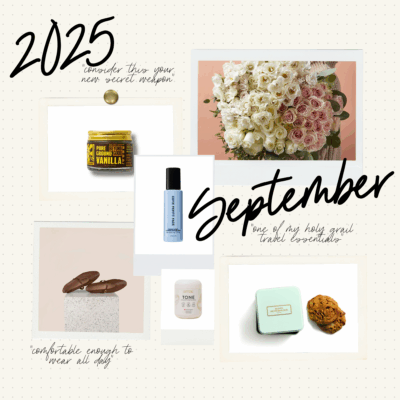Surprise! Acne can creep back into your life just like Dawson’s Creek does with a summer of reruns… except this is one show you definitely don’t want to relive. “While the exact numbers are unknown, it appears the incidence of adult acne is rising,” says Camille’s personal dermatologist, Elizabeth Geddes-Bruce. At Westlake Dermatology, Dr. Geddes-Bruce is seeing more and more cases of acne present for the first time in adulthood. Adult acne is different from teen or pubescent acne, and (according to Dr. Geddes-Bruce) often more difficult to control. “In my experience, adult acne often has a stronger hormonal component and favors areas of the face that are more sensitive to androgens (the predominately “male” hormones that we all make). The acne bumps tend to be deeper and more cystic compared to pubescent acne, which is often characterized by many blackheads and whiteheads.” But don’t swear to never leave the house again just yet. Try these six actionable steps from Dr. Geddes-Bruce to get a grip on adult acne, and leave those terrible pore strips where they belong: back in junior high.
featured image via urban outfitters

image via huffington post
1. Wash your face twice a day.
So many people are afraid of over-drying their skin, but throughout the day (and night) your skin produces oil (sebum) and collects debris from the environment. By cleansing the area you are mechanically removing dirt, make-up, and dead skin cells, which can all contribute to the formation of acne. If you increase your washing and find your skin becoming drier, switch to a more gentle cleanser, or follow your cleansing with a light moisturizer.

image by garance doré
2. Stop picking.
You’ve heard it from your mother, you’ve heard it from your boyfriend, and you’ll hear it from me – stop picking your acne. When you create trauma to the skin you increase your risk of infection, and you further the inflammatory process, not to mention you can create scabs that then leave dark marks once they heal. Picking creates a cycle of inflammation and healing that makes it very difficult to get acne under control. So do your best to resist – back away from the magnified mirror or leave the bathroom as soon as you are done with your nighttime ritual. And if you develop a big zit before an important event you can visit your Dermatologist for an injection to make it heal ASAP.

image via elegant classics
3. Check your cosmetics.
Certain products can contribute to the formation of acne, even if they are labeled non-comedongenic or non-acnegenic. A skin “diet” where you eliminate heavy moisturizers, anti-aging serums, and full coverage make-up can help. If you must continue the cover-up, try to give your skin a breather at home.

image by polienne
5. Try over-the-counter (OTC) acne products.
There are three over-the-counter ingredients used in acne products – salicylic acid, benzoyl peroxide, and now, adapalene. Both salicylic acid and benzoyl peroxide are exfoliants with the ability to clear debris from oily pores. Adapalene is a vitamin A product called a retinoid that goes deep into the follicle and helps prevent acne formation. It used to require a prescription, but now is available at your local drugstore. It’s important to note that all of these products can be drying and irritating to the skin when first used, and this usually improves with time and proper application. Also of note is adapalene should not be used in pregnant or breastfeeding women.

image via blablafashion
6. See a Dermatologist.
If you’ve done the above and aren’t getting results, it’s time to consult a medical professional. Board-certified Dermatologists are specialists in diseases of the hair, skin, and nails and will be able to examine your skin and develop a treatment regimen that best fits your needs and lifestyle.




